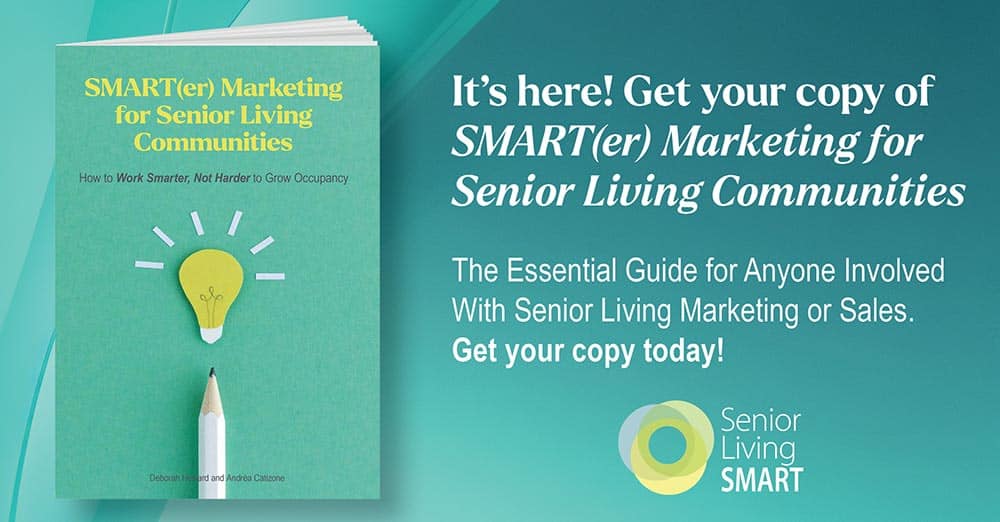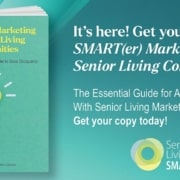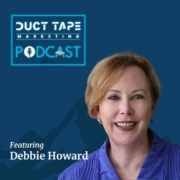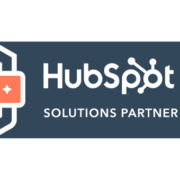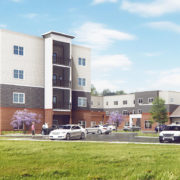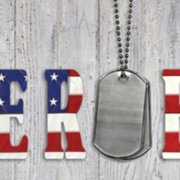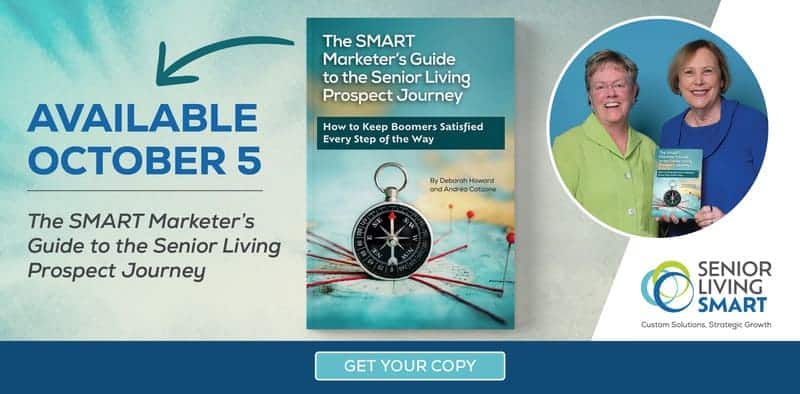The Veterans Pension Aid & Attendance Benefit, commonly called Aid and Attendance, is for veterans and their surviving spouses. Some important changes and updates happened in October 2018.
We interviewed Patty Servaes, founder of Elder Resource Benefits Consulting, a VA accredited agent and expert on the VA Pension. Here’s what you need to know about the changes:
Q: What are the major changes to the qualification and approval process for the Aid & Attendance benefit for veterans and their surviving spouses?
A: The big change everyone is talking about is the three-year “look back” for assets transferred or annuities purchased after October 17, 2018. If a veteran purchases an annuity or transfers an asset and then applies for the benefit, the VA will add any transfer made after October 17, 2018, back to their assets when determining if total assets are less than $127,061.
This change is fantastic for those folks in their 80s and 90s who were failing the life expectancy test for assets. People who had in excess of $100,000 but less than the new asset limit (and who thought they needed to wait to have assets below $80,000) were able to file with confidence on October 18, 2018.
As of October 18, 2018, if veterans and their surviving spouses are living in independent or assisted living or a nursing home and they have a primary home they wish to rent, the VA will not count the house as an investment, but will keep it excluded as their primary home. While the rental income will count as income, the exclusion of the home as an asset will allow families to maximize the earning potential of the home to pay for care while retaining the home for later sale or inheritance by the veteran’s heirs. I think this will result in more veterans aging in place.
Unfortunately, with the addition of the three-year “look back,” the VA form that collected financial data has gone from 4-5 pages to 19 pages. When you add in the other forms and supporting documents, most of our applications are now in excess of 40 pages!
Q: How does this impact financial planning tools?
A: Because the VA is adopting the Medicaid Community Spouse Resource Allowance as the assets an applicant can have (which is $127,061 as of Dec. 1, 2018), many applicants will qualify earlier without having to transfer assets—this is a good thing.
For veterans and surviving spouses with assets in excess of $127,061, it’s important to understand how long it will take for their assets to be below the maximum and to realize that transferring assets may keep them out of the pension program longer than waiting for their assets to decline naturally.
Since the primary home doesn’t count, many of our clients qualify the day they contact us. Others pre-pay their funerals and qualify. And still others might just need to wait a few months. And you would be surprised at how many people have no desire to transfer assets in order to qualify for a government program!
Q: What are the most common misunderstandings of this benefit?
A: It’s hard to say what the new myths are going to be after these sweeping changes. I still hear that you can’t get the benefit in independent living—I imagine that myth will continue. Veterans and their surviving spouses rated Aid and Attendance (meaning they need regular supervision or assistance with two activities of daily living) are allowed to use independent living expenses.
I would think that a new myth would be that the look-back period works the same as the Medicaid look-back when in fact it is much more generous.
And of course, I am sure we will continue to see folks who were told they didn’t qualify and they assume that means they won’t ever qualify. The truth is that eligibility changes as medical conditions, income, and assets change over time. It’s not a “yes or no” award, but “if and when.”
Q: Are there any changes to the benefit amount for 2019?
A: Yes, Social Security increased by 2.8% for 2019, and we will see a similar increase for the VA Pension. The VA likes to round down, so these figures might be off a dollar or two, but we are looking at monthly maximum awards for Pension with Aid and Attendance of approximately $1,197 for a surviving spouse, $1,881 for a single veteran, and $2,230 for a married veteran.
Q: Does this benefit still work with independent living, assisted living, and skilled nursing?
A: Yes, it does! In fact, it starts with home care and can stay with the veteran through their move to independent living and all the way through skilled nursing as long as they continue to meet the medical, income, and asset criteria. For skilled nursing providers, qualifying patients with a veteran status for the Aid & Attendance benefit may increase the time of private pay status.
Q: It is still possible to get a partial benefit?
A: Absolutely. If an applicant’s income minus home care and residential facility costs leave them with a positive number (known as “Income for VA Purposes”), but one less than the Maximum Pension Benefit, they can receive, approximately, the difference between the Maximum Pension and the calculated Income for VA Purposes figure.
Q: How difficult is it for older adults, families, and community teams to complete the application process?
A: Well, at over 40 pages long, it’s significantly harder than doing your taxes!
Q: How long is your time to award?
A: Our average time to award is fewer than four months, which is significantly less than the 12-18 months the VA tells you to expect.
Q: Why is this benefit so important to senior care and housing providers?
A: The Pension benefit has the ability to significantly increase the buying power of our senior veterans. This allows people to stay in assisted living longer and allows them the peace of mind they need to move into the senior care community of their choice.
Just last week, I was working with a family who thought their 89-year-old dad could never afford assisted living since his income was only $1,500 per month, and he only had $30,000 left in assets. He’s living in Florida and with an estimated assisted living fee of $3,000 a month, he would be out of funds in under two years.
We were able to show them that with the $1,830 in Aid & Attendance benefits per month, he would not have to access his assets to pay for his monthly fee. They could not believe it and called me on Saturday to tell me they had chosen the room with the pond view for him at $3,200, were going to buy him a new couch, and that they hadn’t realized how stressed they had been worrying about how he was going to pay for this care.
Q: How do you assist families and providers with the application, approval, and appeal process?
A: It all starts with a free no-obligation phone call where we assess the medical and financial situation of the veteran or surviving spouse. If the potential claimant resides in a community that advertises on Elder Resource Benefits Consulting website, we assist them pro bono with the analysis and application.
If a resident doesn’t reside in an advertising community, they can hire us privately for a one-time pre-application analysis fee of $800 ($700 for Senior Living SMART members!) and then we assist them pro bono with the VA benefit for the remainder of their life.
Interested in learning more?
Check out Elder Resource Benefits Consulting

Elder Resource Benefits Consulting has been helping families understand the cost of Senior Care since 2005.
